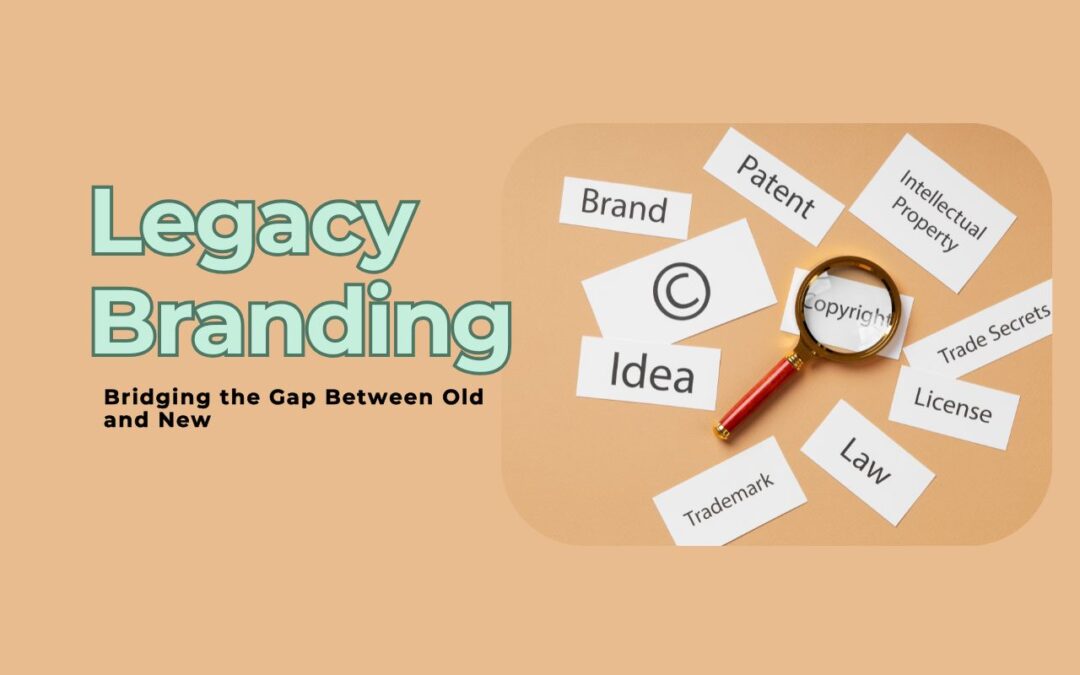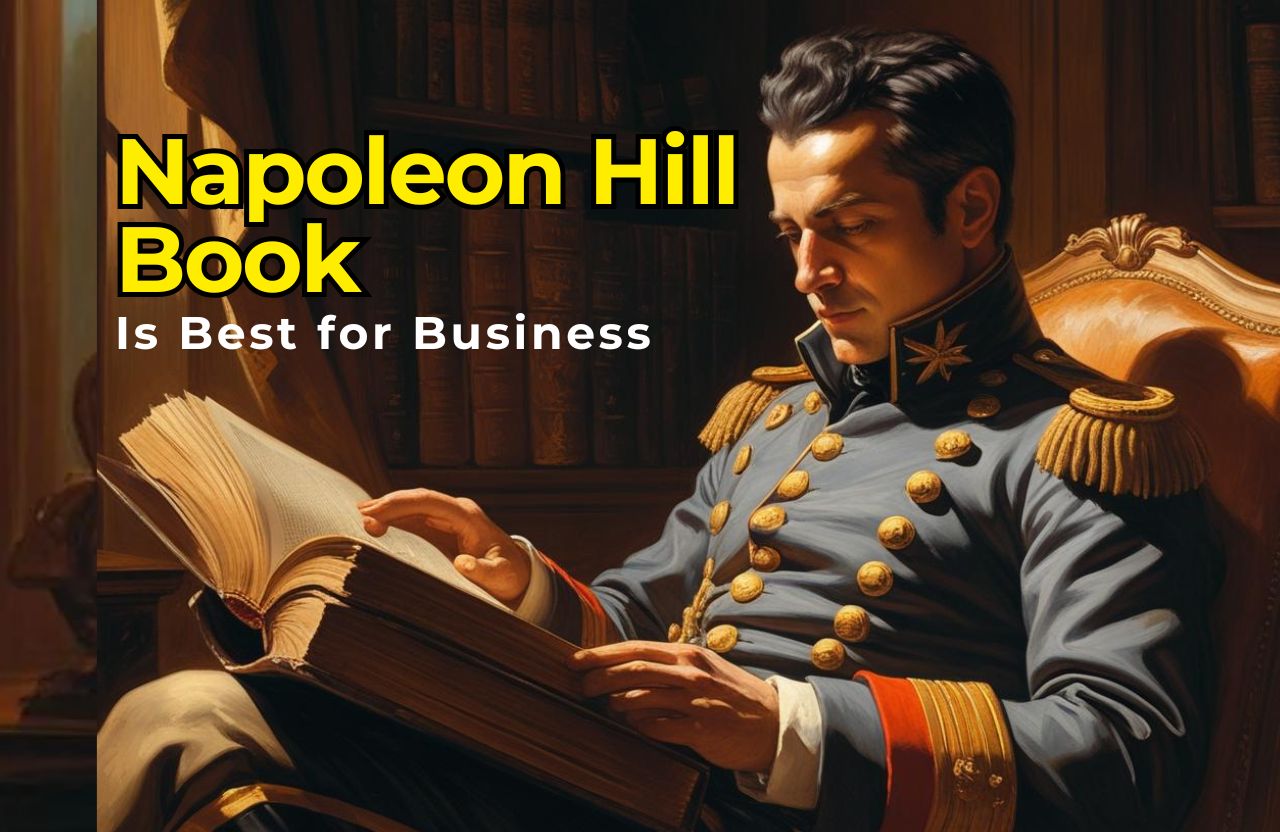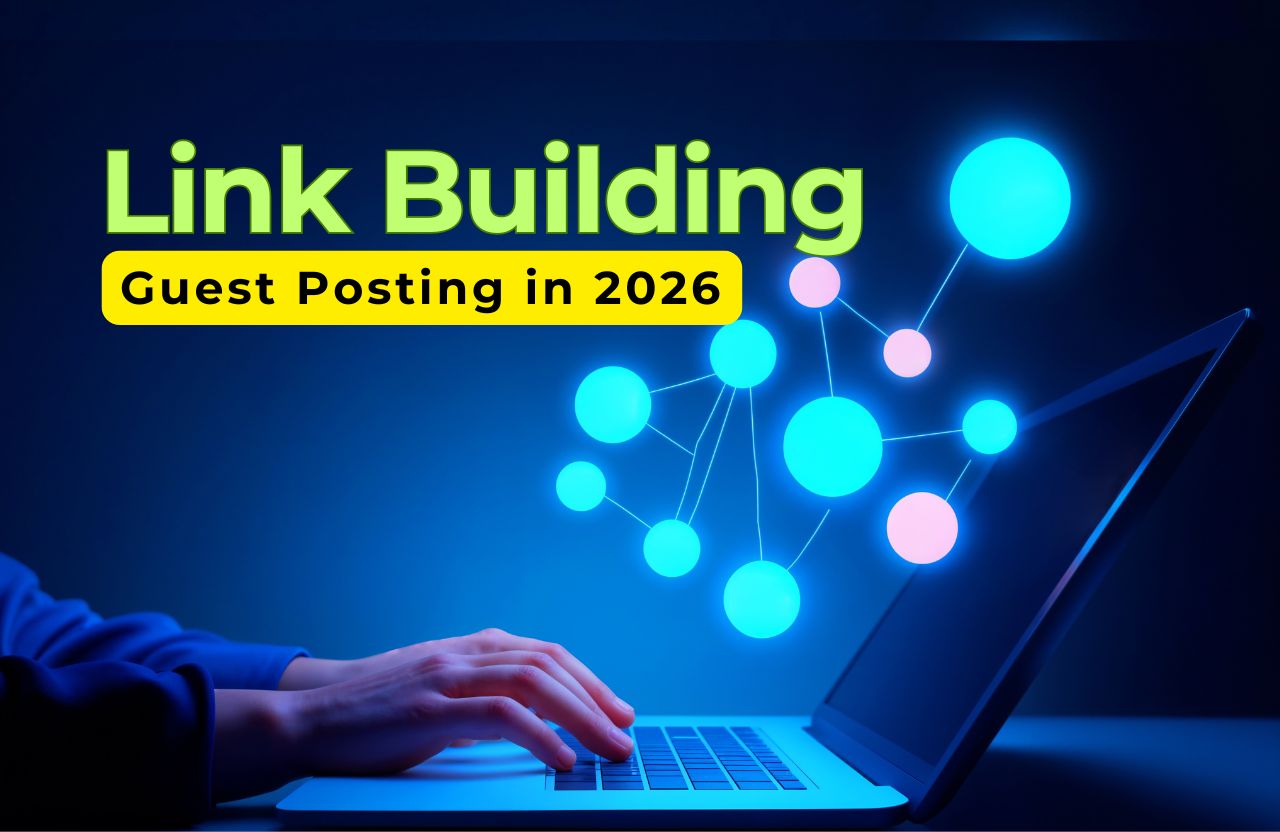In a marketplace dominated by rapid innovation, shifting consumer behavior, and digital-first branding, legacy companies often find themselves standing at a crossroads. With decades—sometimes even centuries—of tradition behind them, these brands have rich histories and deeply rooted identities. However, they must also appeal to younger generations who value authenticity, inclusivity, and modern convenience.
Legacy branding isn’t just about preserving what once worked; it’s about evolving while staying grounded in the core values that built trust in the first place. This article dives deep into how legacy brands can reinvent themselves for today’s audiences without losing their soul.
What Is Legacy Branding?
At its core, legacy branding is the practice of maintaining a brand’s historical value while infusing it with contemporary relevance. It’s not a rebranding that wipes the slate clean, but a thoughtful evolution that bridges the past and the present.
Legacy branding involves:
- Highlighting heritage: Emphasizing the founding story, values, and traditions.
- Reimagining identity: Updating visuals, messaging, and platforms without losing brand recognition.
- Embracing innovation: Integrating modern technology and consumer expectations.
The goal is to maintain authenticity while being flexible enough to adapt to new markets.
Why Legacy Brands Must Evolve
Legacy brands were built in a different era—one with different technologies, consumer habits, and cultural norms. Today’s marketplace is far more competitive and fast-paced. Here’s why adaptation is essential:
1. Changing Consumer Values
Modern consumers—especially Millennials and Gen Z—care about:
- Social and environmental impact
- Diversity and inclusion
- Transparency and brand ethics
- Personalized experiences
Legacy brands must adjust their messaging and operations to align with these values.
2. Digital Disruption
From e-commerce and social media to AI and mobile apps, digital technology has transformed every touchpoint in the customer journey. Brands that fail to digitize risk being overshadowed by digital-native competitors.
3. Market Saturation and Competition
With a low barrier to entry in most industries, startups can launch and scale rapidly. To stay competitive, legacy brands must offer more than just history—they must provide value, convenience, and innovation.
Key Components of Legacy Branding
1. Visual Identity Evolution
Refreshing your brand’s look doesn’t mean starting over. It means modernizing it for today’s platforms. Consider the evolution of companies like:
- Pepsi: While Coca-Cola has kept a consistent identity, Pepsi has experimented with modern aesthetics while retaining its circular logo.
- Mastercard: Moved to a minimalist design with digital versatility in mind.
Consistency matters—but so does adaptability.
2. Storytelling and Heritage Marketing
Use your origin story to create emotional resonance. Highlight key milestones, visionary founders, and moments that shaped the brand.
Example: Levi’s successfully integrates its 150-year history with social activism, fashion collaborations, and digital storytelling.
3. Product Innovation
Legacy brands should continuously release new product lines or updates that reflect market demand.
- Gillette launched a line of razors with eco-friendly packaging.
- Kodak introduced digital and app-connected cameras to appeal to smartphone users.
4. Digital and Social Engagement
Modern branding requires an active presence on platforms like Instagram, TikTok, YouTube, and LinkedIn. Brands can use these channels to:
- Tell stories visually
- Engage in real-time conversations
- Partner with influencers and creators
- Launch viral campaigns
How to Execute a Legacy Brand Refresh
Step 1: Audit Your Brand Identity
Analyze how your brand is perceived today. Look at:
- Customer feedback
- Online reviews
- Market positioning
- Visual identity relevance
Identify what should stay, what needs to evolve, and what’s missing.
Step 2: Revisit Your Mission and Values
Are your core values still resonating with your target audience? If not, refine them to reflect your brand’s evolution.
Step 3: Update Your Visual Language
Work with designers to update your logo, fonts, and packaging for modern appeal while retaining recognizable elements.
Step 4: Craft a Unified Narrative
Develop a brand story that acknowledges your past but looks to the future. This should be the foundation of all marketing content.
Step 5: Train Teams for Brand Consistency
Educate employees and partners on your updated brand message to ensure consistency across all customer touchpoints.
Real-World Examples of Successful Legacy Branding
1. Apple
While not a century-old company, Apple has cultivated a legacy around innovation, design, and user experience. It continuously evolves its products and branding without deviating from its core promise: simplicity and innovation.
2. Chanel
Chanel maintains its elegant, timeless brand identity while embracing modernity through digital fashion shows, influencer marketing, and sustainable practices.
3. Harley-Davidson
Harley-Davidson remains iconic by celebrating freedom, individuality, and rebellion—yet it also engages younger consumers through electric bikes, community-driven events, and a stronger digital presence.
4. The New York Times
Once reliant on print, The New York Times has transformed into a multimedia powerhouse, offering podcasts, digital subscriptions, and interactive journalism—while retaining its authoritative voice.
5. Lego
By collaborating with franchises like Star Wars and investing in mobile gaming and movies, Lego successfully blends nostalgia with contemporary relevance.
The Psychology Behind Legacy Branding
Legacy brands benefit from brand equity, which creates:
- Familiarity: Consumers are more likely to trust brands they recognize.
- Emotional connection: Stories, symbols, and traditions evoke memories and loyalty.
- Perceived reliability: Longevity implies quality and consistency.
However, without modernization, this equity can erode. Legacy branding nurtures this trust while reinvigorating the emotional bond.
Challenges Legacy Brands Face
1. Resistance to Change
Internal stakeholders may fear alienating loyal customers or damaging brand heritage.
Solution: Use data and case studies to demonstrate how thoughtful changes can drive growth.
2. Maintaining Brand Cohesion
When adopting new platforms or product lines, there’s a risk of inconsistency.
Solution: Develop comprehensive brand guidelines and ensure cross-departmental alignment.
3. Standing Out Among New Brands
Startups can appear more agile and trendy.
Solution: Emphasize your experience, social impact, and values—areas where legacy brands have a clear advantage.
Future Trends in Legacy Branding
1. AI-Driven Personalization
Using AI to personalize experiences while reflecting your brand’s identity will be a game-changer.
2. Sustainable Legacy
More brands will reframe legacy through environmental stewardship, reducing carbon footprints and embracing circular economies.
3. Augmented Reality Experiences
AR will enable immersive brand storytelling, allowing users to “experience” the brand’s history firsthand.
4. Inclusive Branding
Legacy brands will increasingly reflect diverse voices and global perspectives to stay relevant.
Final Thoughts: Be Timeless, Not Static
Legacy branding is a powerful strategy—but it’s also a delicate balancing act. Brands must be brave enough to evolve while respectful enough to honor what got them here. It’s about writing the next chapter in a story that’s already beloved.
Remember: In a world obsessed with “what’s next,” legacy branding reminds us that “what’s always been” still has incredible power—when reimagined with clarity, creativity, and commitment.












